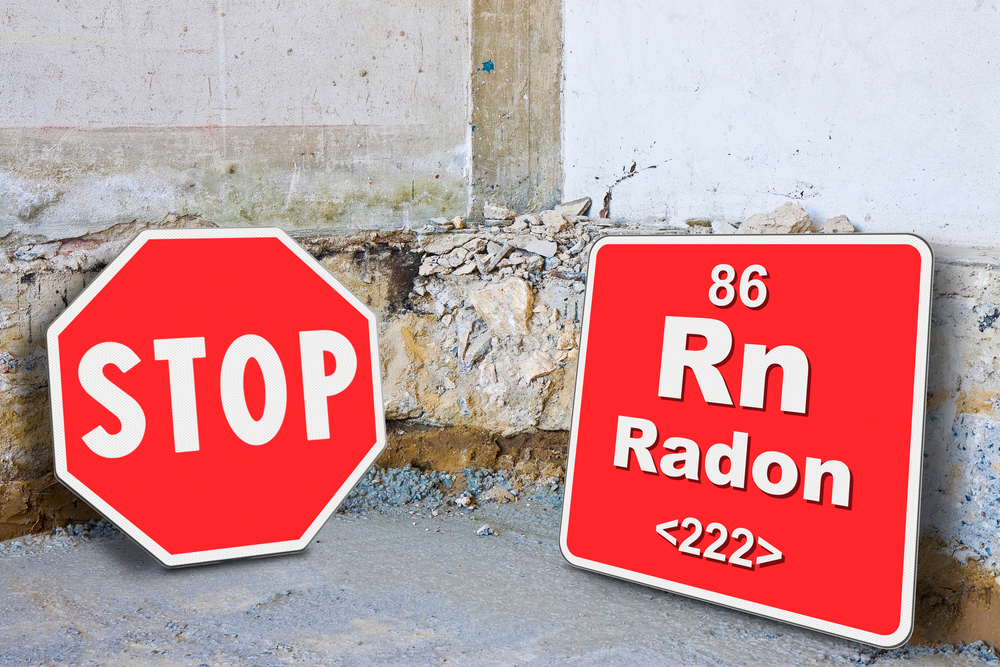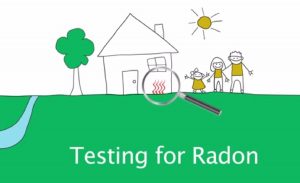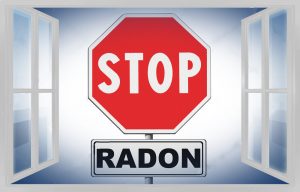As per Environmental Protection Agency (EPA), radon is an invisible and odorless radioactive gas. It may lead to cancer due to the high level of exposure for a long time. This gas forms by the breakdown of the underground thorium and uranium.
Radon then accumulates in your houses and buildings when it leaves the soil and moves toward the surface. Thankfully, the radon mitigation system is available and budget-friendly. The average cost is around $998, but it can also vary between $778 and $1,229.
The radon mitigation system cost
The cost will vary. And it depends upon the type of home you install the system, which can be different from the average price. The radon mitigation system relies on the factors such as the method you choose, labor cost, climate, material price, and other factors. So, let’s take a quick look at them,
System type
The mitigation system works on two basic things vent fan and pipe, and the 40 PVC pipe often raises the overall system price. The two types of mitigation systems are,
- Depressurization—works on moving the fan continuously. And will develop a vacuum under the basement to remove the radon gas outside the buildings. It is the most common method, which costs around $800 to $ 2500.
- Lower-level pressurization—will blow the air in and seal the lower level of the foundation and basement of the houses. This system works best in homes where airflow is not sufficient. This system costs approximately $500 to $1000.
Home size
The bigger the home, the more complex your mitigation system will be. It requires more time and materials to set up the whole thing. The costs of the radon mitigation system differ for the factors like foundation type, crawl space, and other added equipment. The best solution is to hire a professional who provides you with the exact estimate by observing designing of the house.
Materials type
Testing the houses for radon is the first thing you need to do before installing the mitigation system. You can go for the DIY testing kits online. Or buy it from retailers where the price ranges between $12 to $250. For accurate results, hire a radon inspector who charges $150 to $800.
Location
The radon mitigation system costs will change according to the places you live. The occurrence of gas in your area, living costs, and Location-specific EPA rules—all these things influence the system costs. Climate is another thing that will affect the rate as well.
Permits
Some places need to issue a radon mitigation permit before starting the work, which will charge you nearly $25 to $150. And in terms of any electrical work, you have to issue additional permits and also need a licensed electrician.
Foundation type
Your building’s foundation type will determine what kind of radon mitigation systems you need. For example, it costs about $4,600 to seal and ventilate unfinished basements. And A crawl space encapsulation without a proper basement slab will cost you around $1,500 to $15,000.
Random mitigation system costs in terms of methods
- Basement sealing: You need to combine other techniques to get better results with basement sealing. A sealing method helps keep the radon level in control and costs about $4,600. For the DIY version, it is $400 to $1,500.
- Active depressurization: This process is also known as the soil suction method and will charge you $1,000 and $ 3,000. This depressurization technique actively removes the radon gas trapped in the crawl space. The PVC pipe and fan create a suction to block the entering of the gas through cracks.
- Passive depressurization: It also acts in the same way as the active method, but it does not use the fan for suction. The costs vary between $500 to $2,500.
- Lower-level pressurization: It works on the basis of sealing off the lower level and trapping the air in it. It then creates a suction pressure to prevent radon gas from entering the house through the foundation.
Besides that, you need to add extra costs for the additional processes, such as crawl space, warranty, and energy costs.
Some useful tips to limit your budget when using the radon mitigation system
- Always use a testing kit to check the radon amount in your house. And if any radon mitigation system is needed or not.
- Never forget to collect three or more quotes in writing from local professionals in order to ensure you receive the best deal possible.
- Check if you get any discounts or referral programs as a new customer from the companies.
- Check whether you are eligible for tax benefits or other house repair grants.




